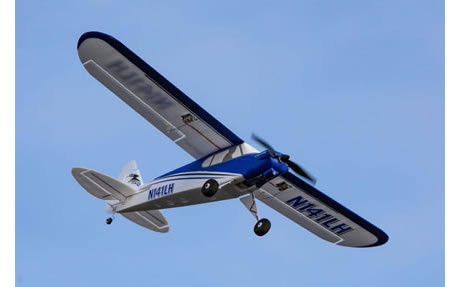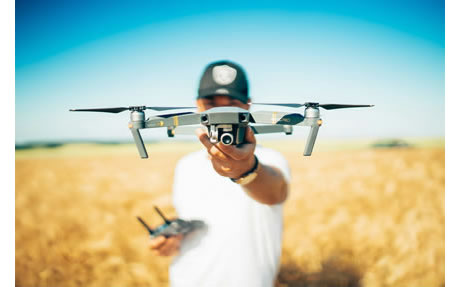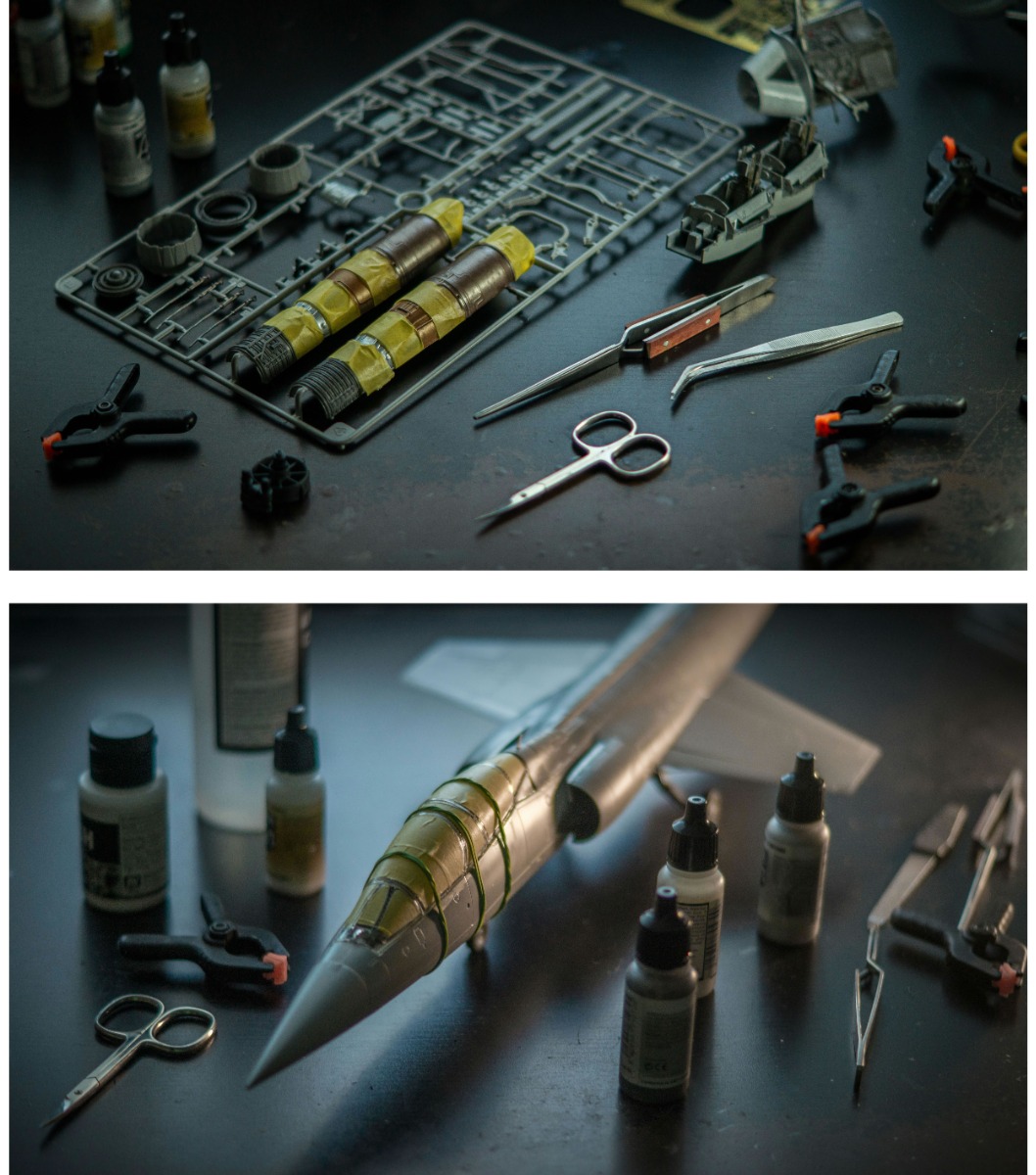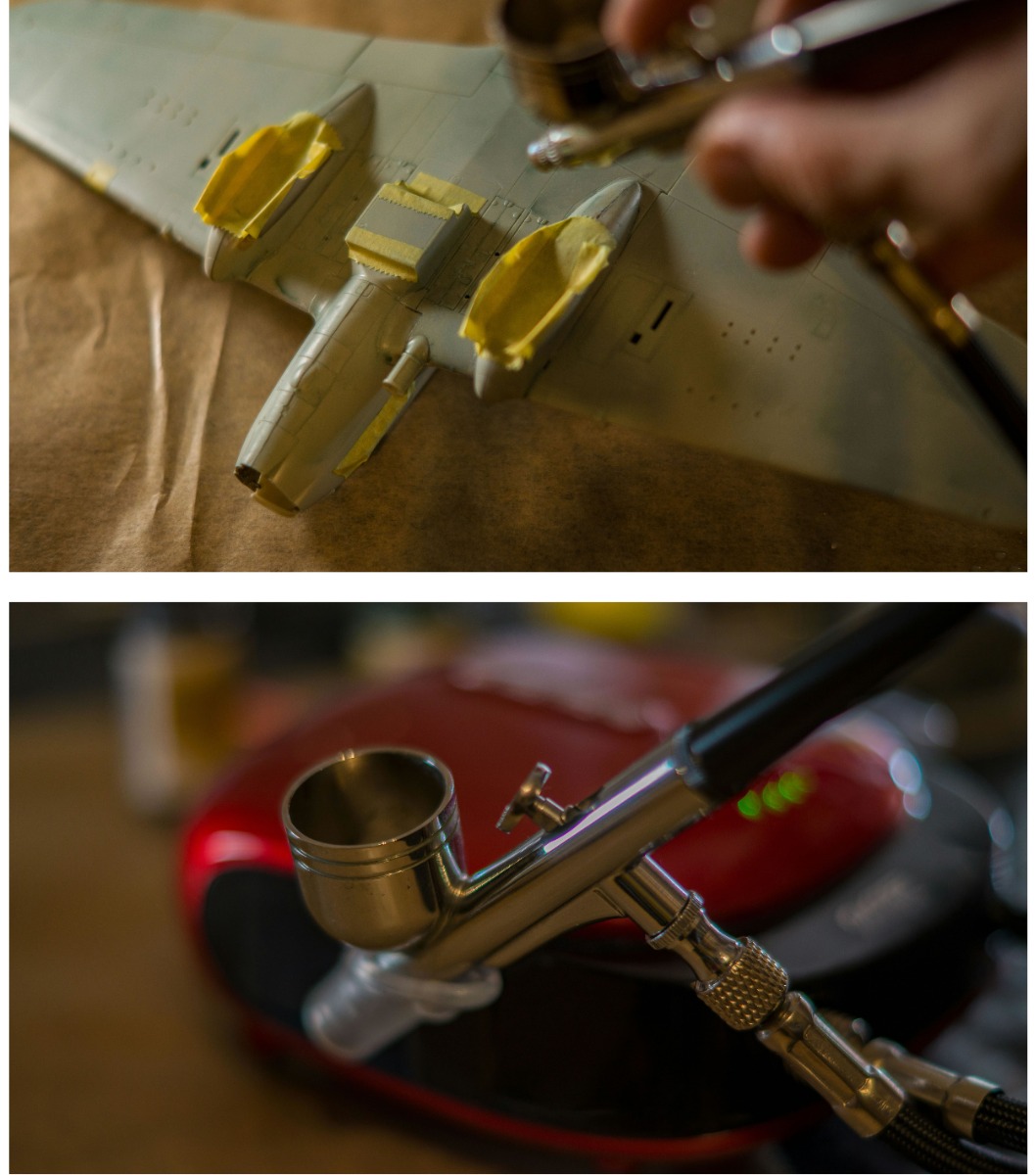Kovozavody Prostejov 1/72 North-American P-51D-5 Mustang '361st FG' # 72442
The North American P-51D-5 Mustang, a variant of the legendary P-51 Mustang, was one of the most iconic and effective fighter aircraft of World War II.
Serving with the 361st Fighter Group (FG) of the United States Army Air Forces (USAAF), the P-51D-5 played a crucial role in gaining air superiority over Europe and escorting Allied bombers deep into enemy territory.
Design and Development:
The P-51D-5 was a variant of the P-51D, which introduced several improvements over earlier models.
One of the most significant changes was the adoption of the bubble canopy, providing pilots with an unobstructed 360-degree view, crucial during dogfights.
The aircraft was powered by the Packard-built Rolls-Royce Merlin V-1650-7 engine, which delivered exceptional performance at high altitudes.
This powerful engine, combined with the aircraft's aerodynamic design, gave the Mustang its exceptional speed, range, and agility.
The P-51D-5 variant was also equipped with six .50 caliber Browning machine guns, providing formidable firepower against both air and ground targets.
The aircraft's wings were also designed to carry additional fuel tanks, bombs, or rockets, enhancing its versatility in combat.
The 361st Fighter Group:
The 361st Fighter Group, known as the "Yellowjackets," was part of the Eighth Air Force and was stationed in England during World War II.
The group played a pivotal role in the air campaign over Europe, providing long-range escort to bombers on missions deep into enemy territory.
The P-51D-5 Mustang, with its extended range and superior performance, was ideally suited for this role.
Pilots of the 361st FG flew the Mustang on numerous missions, engaging enemy fighters and protecting Allied bombers from German interceptors.
The group's distinctive yellow-nosed Mustangs became a familiar sight over the skies of Europe, symbolizing the relentless pressure the Allies were putting on the Luftwaffe.
Operational History:
The P-51D-5 Mustang of the 361st FG saw extensive combat from mid-1944 until the end of the war in Europe.
The aircraft was instrumental in achieving air superiority over Germany, allowing Allied bombers to strike at the heart of the Third Reich with reduced losses.
The Mustang's long range allowed it to accompany bombers all the way to targets in Berlin, Leipzig, and other critical industrial and military centers.
In addition to bomber escort duties, the 361st FG's Mustangs were also used in ground-attack missions, strafing enemy airfields, railways, and convoys.
The combination of the P-51D-5’s speed, maneuverability, and firepower made it one of the most feared aircraft by the Axis powers.
Legacy:
The P-51D-5 Mustang, as flown by the 361st Fighter Group, represents the pinnacle of piston-engine fighter design during World War II.
Its contribution to the Allied victory in Europe is undeniable, with the Mustang helping to cripple the Luftwaffe and ensure the success of strategic bombing campaigns.
The aircraft's legacy lives on as one of the most celebrated and beloved fighters in aviation history, remembered for its sleek design, formidable combat performance, and the bravery of the pilots who flew it.
The 361st FG, with its distinctive Yellowjackets, played a key role in this legacy, becoming one of the most effective and respected fighter groups of the war.























 Spread the cost with Paypal Credit
Spread the cost with Paypal Credit
 Spread the cost with Klarna
Spread the cost with Klarna




























